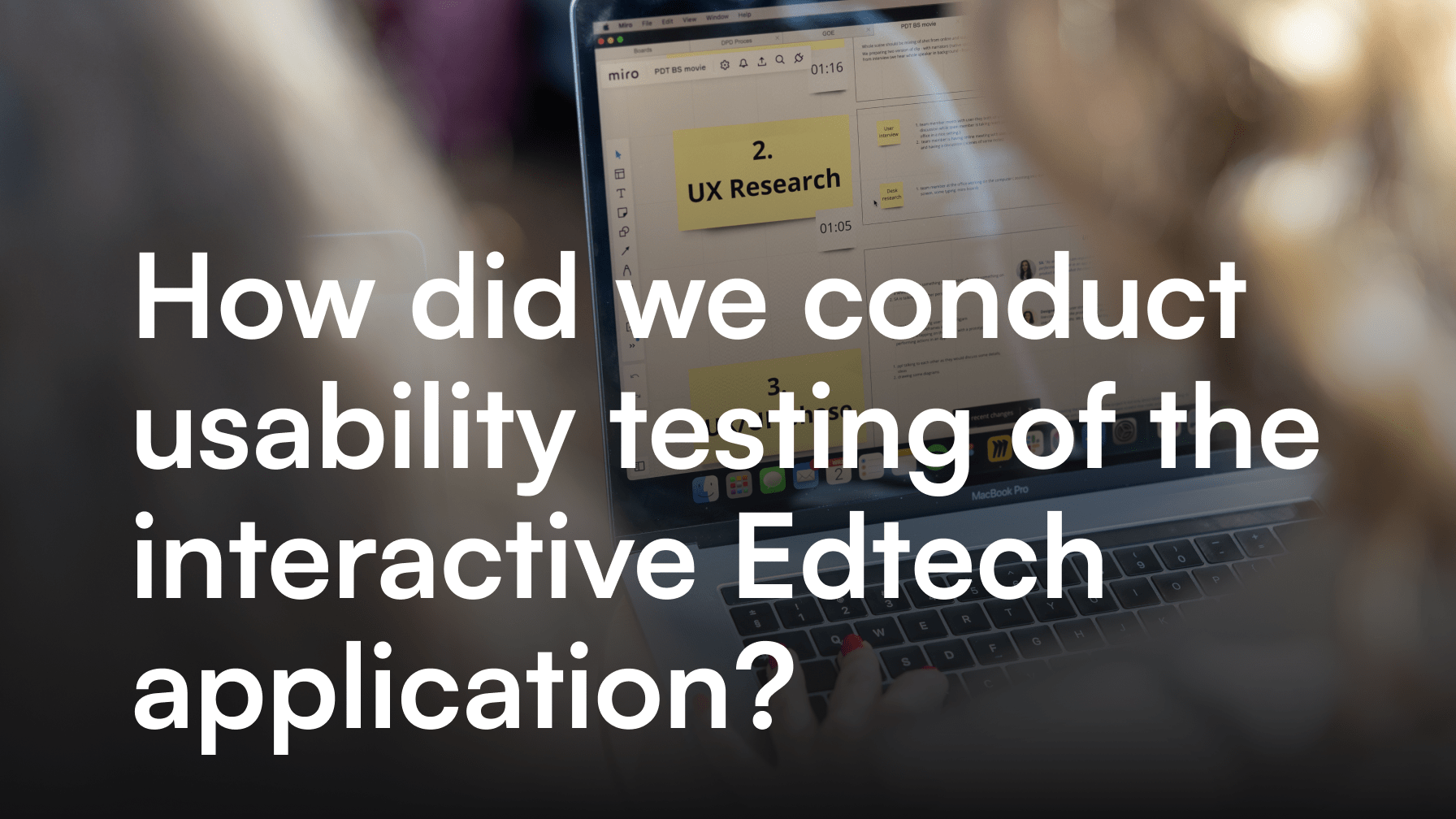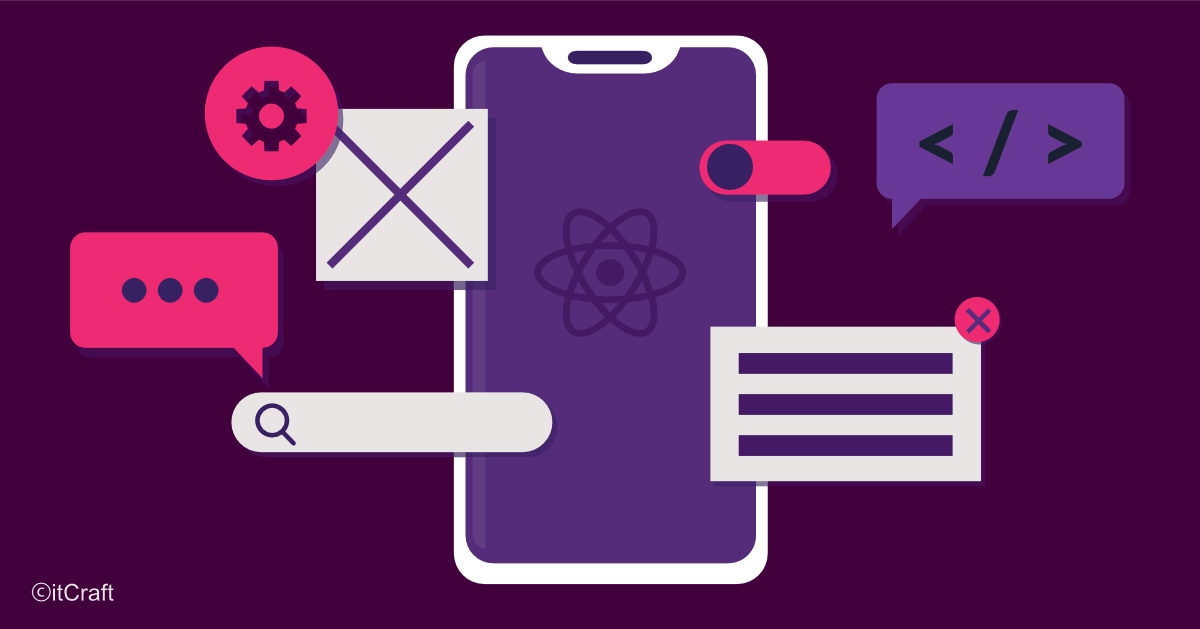The Rise of 5G and Impact on Mobile App Development

Krzysztof Hubnicki

Table of contents
Introduction
1.1 Brief Overview of 5G
1.2 The Evolution from 4G to 5G
Understanding the Key Features of 5G
2.1 High Speed
2.2 Low Latency
2.3 Enhanced Capacity
2.4 Improved Connectivity
The Impact of 5G on Mobile App Development
3.1 Enhancing User Experience with 5G Speed
3.2 Opportunities in Real-Time App Functionality
3.3 The Demand for Data-Heavy Applications
3.4 Impact on IoT-Integrated Apps
Challenges for Developers in the 5G Era
4.1 Optimizing Apps for Increased Speed and Efficiency
4.2 Ensuring App Functionality Across Different Network Environments
4.3 Securing Data Transmission in 5G Apps
Real-world Cases of 5G Impact on Mobile Apps
5.1 Success Stories
5.2 Lessons Learned
Future Outlook: The Next Steps for Mobile App Development in the 5G Era
6.1 Predicted Trends
6.2 Preparing for the Future of 5G Apps
Conclusion
7.1 Recap of Key Points
7.2 Final Thoughts
1. Introduction
1.1 Brief Overview of 5G
5G, short for fifth-generation wireless, represents the latest phase in the evolution of mobile technology. Developed to supersede 4G LTE connections, 5G networks are designed to deliver significantly faster speeds, exponentially higher data capacity, and drastically reduced latency. With its transformative potential, 5G is poised to revolutionize not only the telecommunications industry, but also a wide range of sectors, including healthcare, transportation, entertainment, and more.
This technology promises to foster groundbreaking advancements in the digital landscape, enabling more seamless and instantaneous communication and high-speed data transfer that could empower a host of cutting-edge technologies like Internet of Things (IoT), autonomous vehicles, virtual reality (VR), and augmented reality (AR).
1.2 The Evolution from 4G to 5G
The journey from 4G to 5G has been a significant one. While 4G LTE provided a major leap forward from 3G in terms of speed and network efficiency, the advent of 5G represents an even larger shift in the realm of mobile technology.
Whereas 4G brought us the era of mobile broadband, enabling smooth web browsing, social media use, and video streaming on the go, 5G is expected to bring us into the age of ultra-reliable low-latency communication and massive machine-type communication. This means that not only will human communication be more seamless, but machine-to-machine communication will be more efficient and prevalent as well.
The shift to 5G is a paradigm shift, with new standards, new types of devices, and new use cases emerging. With its significantly higher capacity and speed, 5G is set to redefine the way we use and interact with mobile applications, paving the way for innovations yet to be imagined.
In the next sections, we’ll delve into the specifics of 5G’s key features and how they impact mobile app development.
2. Understanding the Key Features of 5G
2.1 High Speed
One of the most notable features of 5G is its high speed. 5G networks offer data transmission speeds significantly higher than their 4G counterparts, with potential peak data rates up to 20 Gbps. This means users can download or upload large files, stream high-quality videos, or perform other data-intensive tasks almost instantly. In the context of mobile applications, this unprecedented speed allows for faster, more seamless app functionality, enabling real-time interactions and high-quality multimedia streaming.
2.2 Low Latency
Latency refers to the delay between a user’s action and the response to this action in a network. 5G technology dramatically reduces this latency, aiming for an ultra-reliable low-latency communication (URLLC) of 1 millisecond or less. This is a substantial reduction compared to 4G’s average latency of around 50 milliseconds. Low latency is critical for real-time applications such as online gaming, autonomous driving, or remote surgeries where immediate response is required. For mobile apps, reduced latency means more responsive interfaces and seamless real-time interactions.
2.3 Enhanced Capacity
5G networks offer an enhanced capacity, meaning they can handle more simultaneous connections than previous generation networks. This feature is crucial in accommodating the growing number of devices connected to the internet, especially with the rise of the Internet of Things (IoT). In terms of mobile applications, increased capacity allows for more concurrent users without service degradation and enables more data-intensive applications to run smoothly.
2.4 Improved Connectivity
5G technology provides improved connectivity, not only in terms of speed and capacity but also in terms of network reliability and coverage. With advancements like beamforming and massive MIMO, 5G aims to ensure stable and consistent connections even in crowded or remote areas. This improved connectivity plays a significant role in mobile app development, as it allows for reliable app performance across various environments and situations.
In the next section, we will delve deeper into how these key features of 5G impact mobile app development and shape the way developers design and build mobile applications.
3. The Impact of 5G on Mobile App Development
3.1 Enhancing User Experience with 5G Speed
With the high data transmission speeds of 5G, mobile app developers can significantly enhance user experience by enabling instantaneous loading and ultra-fast response times. This could also open up new opportunities for developers to incorporate more data-intensive features into their apps, such as high-definition video streaming or complex 3D graphics, without having to worry about long loading times or sluggish performance.
3.2 Opportunities in Real-Time App Functionality
The ultra-low latency of 5G networks enables real-time interactions in mobile apps. This feature is particularly impactful for apps that require instant response, such as multiplayer online games, real-time trading apps, or telemedicine apps. Developers can now design their apps with a focus on real-time engagement, driving a more interactive and immersive user experience.
3.3 The Demand for Data-Heavy Applications
5G’s enhanced capacity allows for a larger volume of data transmission, accommodating the increasing demand for data-heavy applications. For example, apps that utilize AI, VR, or AR technologies can operate more smoothly and efficiently on 5G networks, which can handle the heavy data load these technologies require. As such, developers can explore these advanced technologies further, pushing the boundaries of what’s possible in mobile app innovation.
3.4 Impact on IoT-Integrated Apps
The improved connectivity provided by 5G networks supports the expansion of the Internet of Things (IoT). For mobile app developers, this means opportunities for creating IoT-integrated apps that can manage and interact with a vast array of connected devices. Whether it’s a smart home app controlling various appliances or a health app tracking data from wearable devices, the potential for IoT app development is significantly enhanced with 5G technology.
These factors illustrate the profound impact of 5G on mobile app development, shaping the way apps are designed and built. However, with these new opportunities also come new challenges, which we will explore in the next section.
4. Challenges for Developers in the 5G Era
4.1 Optimizing Apps for Increased Speed and Efficiency
While 5G brings remarkable speed and efficiency, it also poses a challenge for developers to optimize their apps to fully utilize these capabilities. Developers will need to ensure their apps are designed to handle higher speeds without draining device resources or battery life. This might require revisiting the app’s architecture, or even rethinking the approach to data management and transmission within the app.
4.2 Ensuring App Functionality Across Different Network Environments
While 5G networks are becoming more widespread, the transition from 4G to 5G won’t happen overnight. Developers will need to ensure their apps function smoothly across different network environments, from areas with full 5G coverage to areas where only 4G or even 3G is available. This could require complex coding and testing to ensure a consistent user experience irrespective of the network type or speed.
4.3 Securing Data Transmission in 5G Apps
With the increased speed and capacity of 5G networks, more data is being transmitted than ever before. While this brings many benefits, it also opens up new potential vulnerabilities that need to be addressed. Developers will need to implement robust security measures to protect user data and prevent potential breaches. This includes ensuring encryption is in place for data transmissions and that the app itself is secure against potential threats.
These challenges underline the complexity of mobile app development in the 5G era. But with the right approach and preparation, developers can navigate these challenges and leverage the opportunities presented by 5G to create innovative and exciting new apps. In the following sections, we’ll look at some real-world cases of how 5G is impacting mobile apps and consider the future of mobile app development in a 5G-dominated world.
5. Real-world Cases of 5G Impact on Mobile Apps
5.1 Success Stories
In this era of rapid technological advancement, numerous mobile apps have already started capitalizing on 5G’s extraordinary features.
Gaming Applications: Online multiplayer gaming apps like ‘Fortnite’ and ‘PUBG’ have greatly benefited from 5G’s high-speed and low-latency capabilities, providing users with seamless, real-time gaming experiences.
Streaming Services: Streaming apps such as ‘Netflix’ and ‘YouTube’ have also leveraged the high data speeds of 5G to provide high-definition video streaming without buffering, significantly enhancing user experience.
Healthcare Apps: Telemedicine apps have utilized 5G’s low latency and high speed to facilitate real-time consultations, remote patient monitoring, and even remote surgeries.
5.2 Lessons Learned
While 5G offers many opportunities, there have also been valuable lessons learned during its implementation. For instance, balancing the high-speed data transmission with battery life conservation has proven to be a challenge for many developers. It has been critical to learn how to optimize applications to benefit from the increased speeds while also maintaining the device’s performance.
Moreover, ensuring backward compatibility has been a significant challenge, as developers have to guarantee the app’s smooth functioning even in areas with 4G or 3G networks. Designing an app flexible enough to adjust to various network speeds without sacrificing user experience is a key lesson learned from early 5G implementation.
Understanding the successes and lessons of implementing 5G in mobile apps helps developers and businesses prepare for their own ventures into 5G app development. As we look towards the future, it’s essential to consider these experiences and anticipate the possible trends in the 5G era, which we will explore in the next section.
6. Future Outlook: The Next Steps for Mobile App Development in the 5G Era
6.1 Predicted Trends
The impact of 5G on mobile app development is just beginning to unfold, and as the technology matures, we can expect to see some key trends emerging:
Proliferation of AR/VR Apps: The high-speed and low-latency features of 5G will enable more robust AR and VR applications. We can expect to see a rise in AR/VR apps for gaming, shopping, education, and many more sectors.
Expansion of IoT: With 5G’s improved connectivity and capacity, IoT applications will likely proliferate. This could lead to a surge in development of apps for smart homes, smart cities, and industrial IoT.
Growth in AI Integration: The high data transfer speeds and capacities of 5G could foster the development of more AI-driven apps, capable of real-time data analysis and decision-making.
Advancement in M-Commerce: 5G will likely enhance mobile commerce applications, making shopping experiences more seamless and immersive with the use of AR/VR and AI technologies.
6.2 Preparing for the Future of 5G Apps
In order to stay competitive in this rapidly changing landscape, mobile app developers need to be proactive in adapting to these trends:
Embrace New Technologies: Developers should focus on familiarizing themselves with AR/VR, IoT, AI, and other emerging technologies that will be made more accessible by 5G.
Focus on User Experience: As 5G enables more complex and powerful apps, developers must not lose sight of the user experience. Apps should be designed to leverage 5G’s capabilities to deliver value and a seamless user experience.
Prioritize Security: As more data is processed and transferred with 5G, security measures must be a top priority in app development to protect user data and privacy.
Ensure Compatibility: Apps should be designed to work seamlessly across different network environments to ensure a consistent user experience as we transition to widespread 5G adoption.
7. Conclusion
7.1 Recap of Key Points
The advent of 5G technology has had a significant impact on mobile app development. Offering unprecedented high speeds, low latency, enhanced capacity, and improved connectivity, 5G networks open up a plethora of opportunities for developers to create more innovative, interactive, and data-heavy applications.
We’ve also discussed the challenges that come with these opportunities, such as optimizing apps for increased speed and efficiency, ensuring app functionality across different network environments, and securing data transmission in 5G apps.
Through the exploration of real-world cases, we’ve seen how the gaming, streaming, and healthcare sectors have successfully leveraged 5G capabilities to enhance their mobile app offerings. But we’ve also learned valuable lessons about the difficulties of implementing 5G and the need to balance performance, compatibility, and security in the development process.
7.2 Final Thoughts
The introduction of 5G is a game-changer in the realm of mobile applications. As we move into the future, this technology will continue to shape the app development landscape, driving more sophisticated, seamless, and engaging user experiences.
While the path to fully leveraging 5G capabilities in app development may come with challenges, the potential benefits are vast. As developers, it’s critical to stay ahead of the curve, understanding and embracing these trends to create mobile apps that not only meet but exceed user expectations in the 5G era.
In the end, the rise of 5G signals an exciting time for mobile app development, filled with immense opportunities for innovation and growth.
Preparing for these future trends will position developers to fully leverage the potential of 5G, paving the way for innovative, high-performing applications that redefine the mobile experience.






